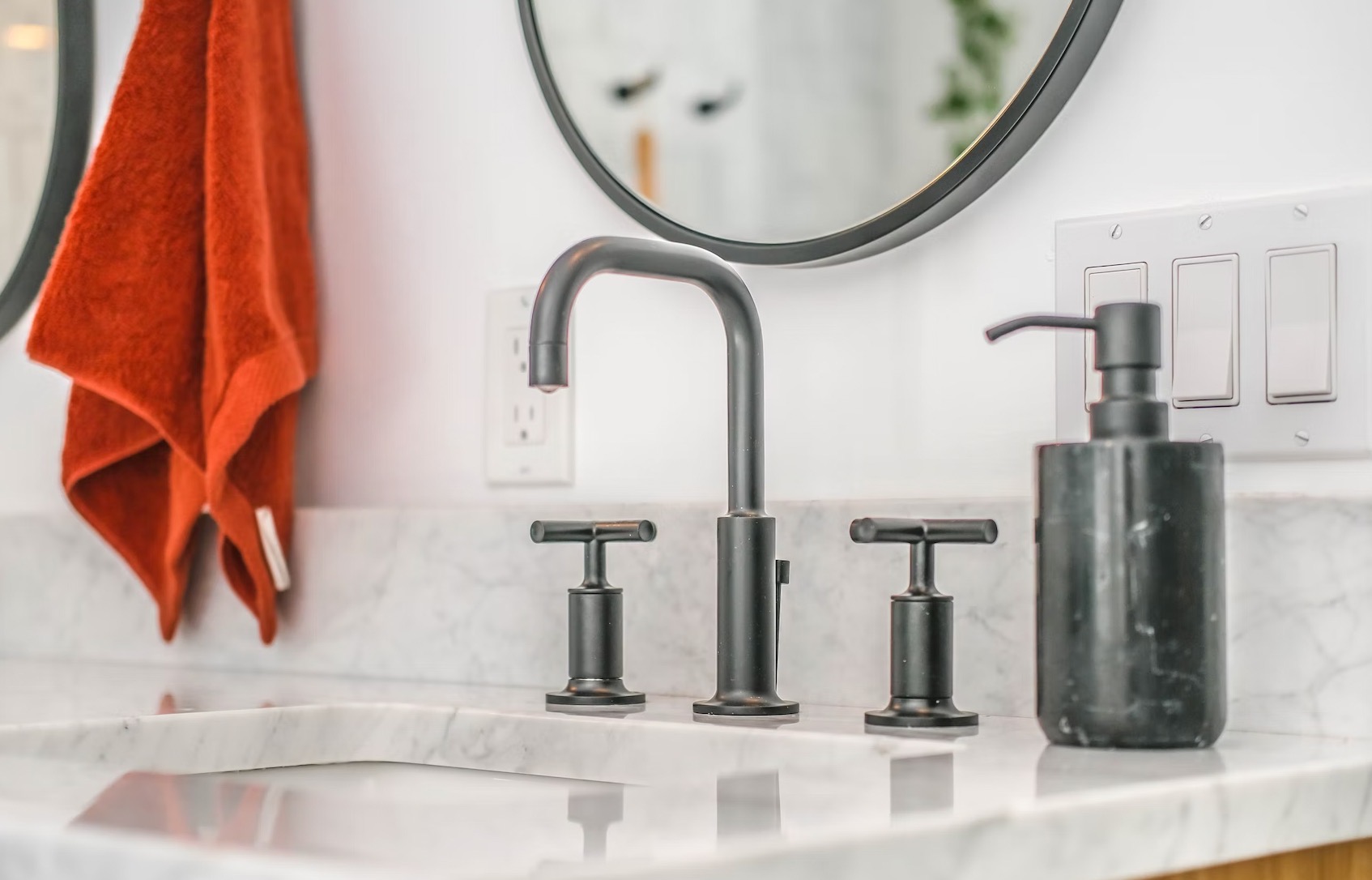
21 Mar Water Damage in Your Home: Signs to Look For and What to Do
Water damage in your home can be a serious problem, causing structural damage, mold growth, and other issues. However, many homeowners may not realize that they have water damage until it’s too late. In this blog post, we’ll explore some signs that you may have water damage in your home, as well as what to do if you suspect that you have a problem.
Signs of Water Damage
- Musty Smell: If you notice a musty smell in your home, this could be a sign of mold growth, which often accompanies water damage.
- Staining or Discoloration: Look for staining or discoloration on walls, ceilings, and floors. This can be a sign of water damage, as water can cause paint and other materials to bubble, peel, or discolor.
- Warped or Buckled Floors: If your floors are warped, buckled, or uneven, this could be a sign of water damage. Water can seep into the sub-flooring, causing it to expand and warp.
- Peeling Wallpaper or Loose Tiles: If your wallpaper is peeling or your tiles are loose, this could be a sign of water damage. Water can cause adhesive materials to break down over time, leading to peeling or loose materials.
- Higher Than Usual Water Bills: If you notice a sudden increase in your water bills, this could be a sign of a hidden water leak. Even small leaks can add up over time, leading to higher bills.
What to Do if You Suspect Water Damage
- Locate the Source: If you suspect water damage, the first step is to locate the source of the problem. This may require some detective work, such as checking pipes and fixtures for leaks, inspecting your roof for damage, or checking your foundation for cracks.
- Stop the Water: Once you’ve located the source of the problem, it’s important to stop the water from flowing. Turn off the main water supply to your home or shut off the water to the affected area.
- Call a Professional: Water damage can be difficult to diagnose and repair, especially if it’s hidden or extensive. It’s important to call a professional water damage restoration company to assess the situation and provide recommendations.
- Document the Damage: Before you begin cleaning up or making repairs, it’s important to document the damage. Take photos and videos of the affected areas, and keep track of any expenses related to the damage.
- Dry Out the Area: Once the source of the water has been stopped, it’s important to dry out the affected area as quickly as possible. Use fans, dehumidifiers, and open windows to promote air flow and speed up the drying process.
Conclusion
Water damage in your home can be a serious problem, but it’s important to catch it early to prevent further damage. Look for signs of water damage such as musty smells, staining, warped floors, peeling wallpaper, and higher than usual water bills. If you suspect water damage, locate the source of the problem, stop the water from flowing, call a professional, document the damage, and dry out the affected area. By taking these steps, you can prevent further damage and ensure that your home is safe and dry.

